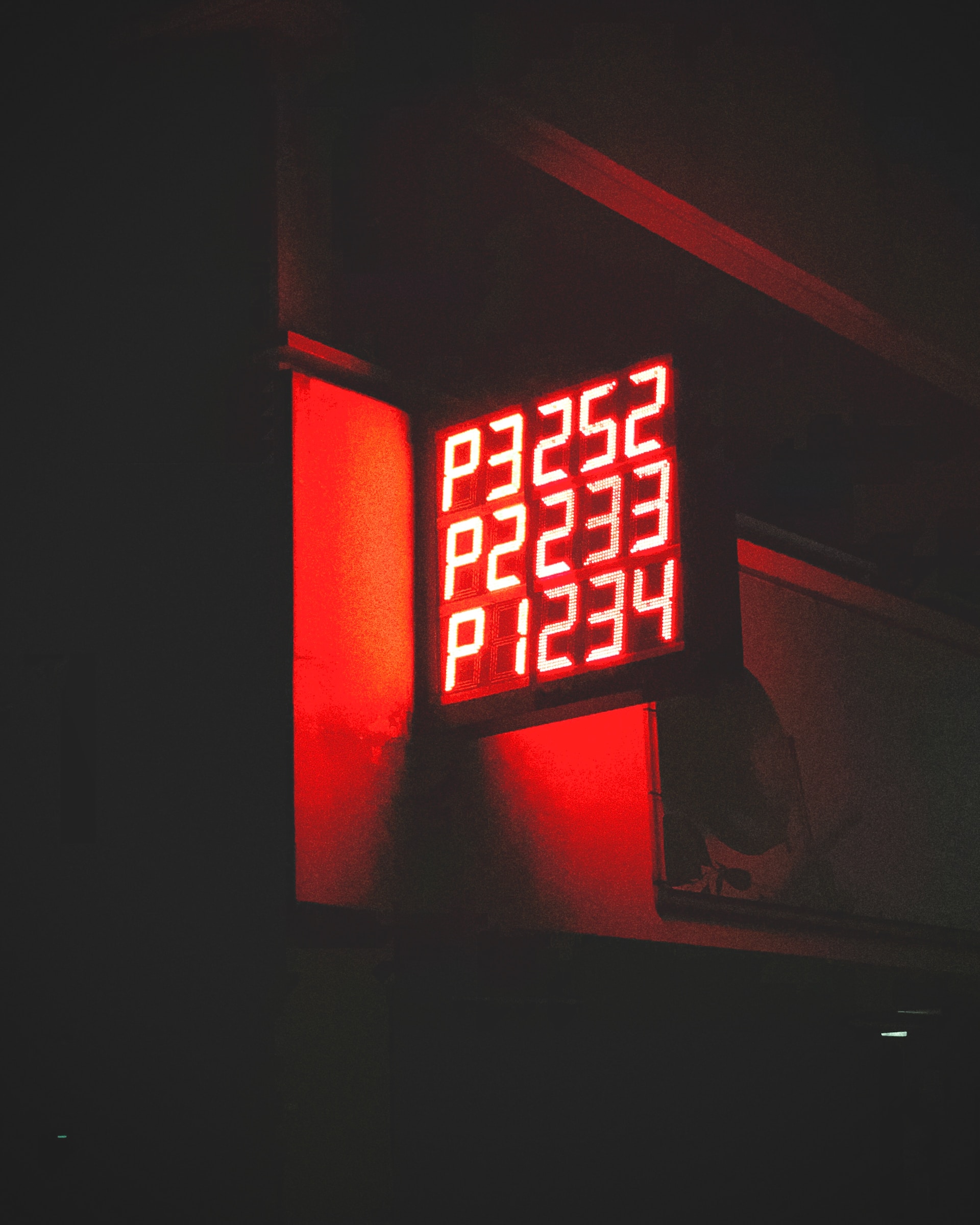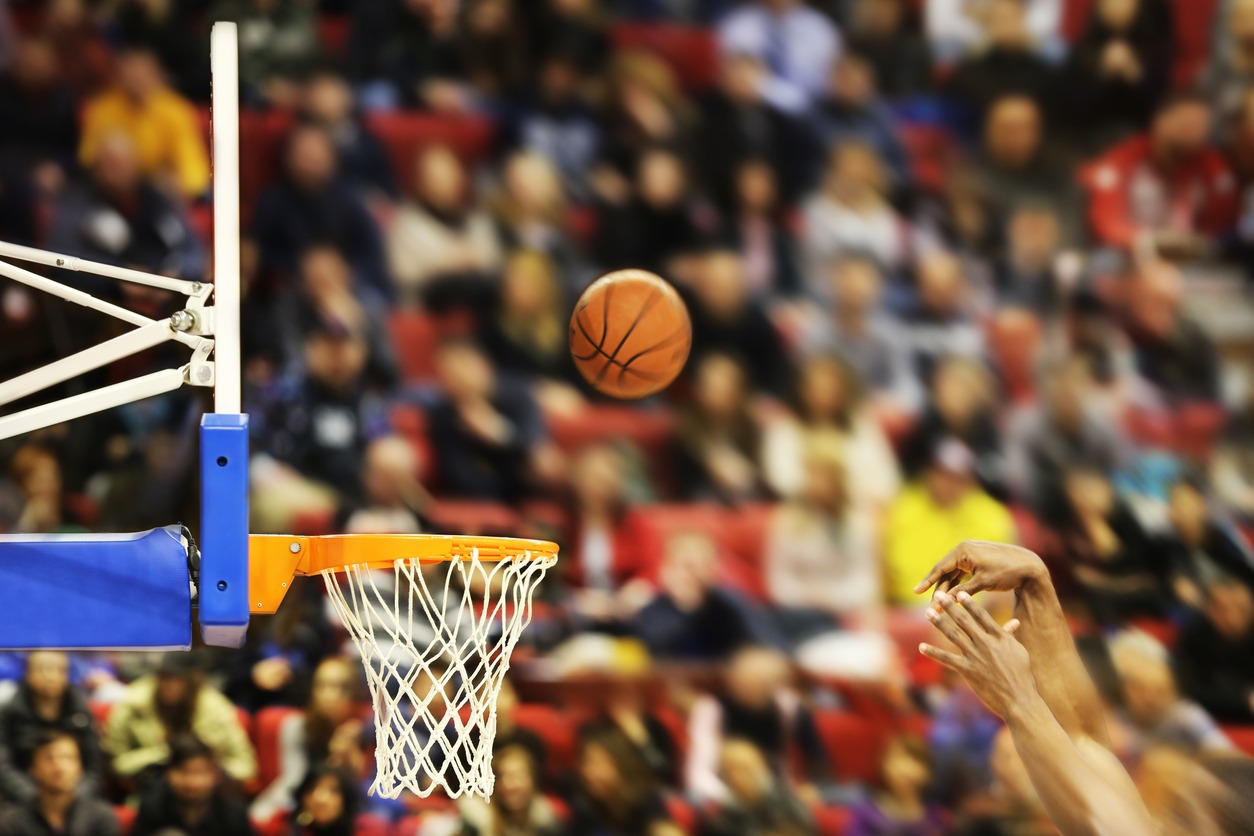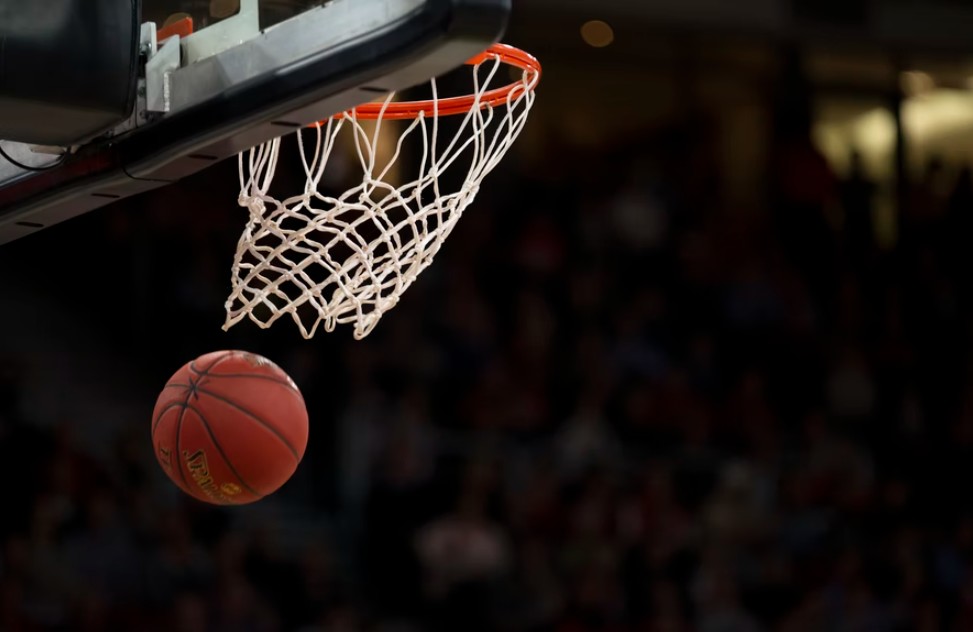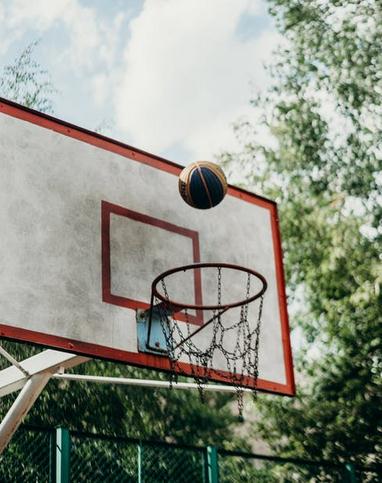Learn about the Interesting Evolution of the NBA Shot Clock

The ‘shot clock’ refers to the timing tool that notes the countdown of the time during which the crew owning the ball ought to strive a goal. The shot clock begins at 24 seconds except in any other case stated in Rule 7. This shot clock is in seconds, besides tenths of seconds may also be displayed as soon as the shot clock reaches 4.9 seconds. The shot clock is timed 24 seconds in the NBA and for 35 seconds in NCAA men's basketball. Other newbie leagues often use a 30 second shot clock. If this timer runs out, that means the crew with the ball is charged with a shot clock violation and loses ownership of the ball. The shot clock is placed at the pinnacle of the backboard for any basketball game. Meanwhile, you can visit www.safespin.com if you want to find out the most trusted online casinos based in the US.
Invention
The implementation of the shot clock in 1954 is arguably the most critical rule change in the records of the NBA. Before its outset, the plays offense played in the NBA had been unbearable; they would skip the ball round to kill the clock without penalty, and it yielded a tedious and unwatchable game. The shot clock restricted the amount of time an offense could keep the ball without shooting, dashing up the game's tempo. Hall of Fame Boston Celtics factor shield Bob Cousy, who earlier before the shot clock would habitually dribble round defenses to kill the clock, said, "I think [the shot clock] saved the NBA." The shot clock was brought into the game so that the teams would play the game quicker, and the game didn’t become dull and boring. On April 22, 1954, when the game was in a scoring drought of epic proportions, NBA proprietors voted to put in force a 24-second shot clock. The selection modified the league and the sport of basketball. On the other hand, if you want to play on the safest online slots, click the given link.
Evolution
The idea of the shot clock originally came from the owner of Syracuse Nationals named Danny Biasone. He invented the shot clock to make sure the game speeds up and stays speeded up. NBA groups averaged 60 shots inline within a 48-minute duration of that era. Biasone divided the total seconds (2,880) through the entire number of shots (120) and got here with 24. They blended one passion with the other - basketball. This all resulted in a 24-shot clock. When it was first delivered in the NBA, players had been so nervous that they ended up attacks within the first four seconds. But after a while, the players got used to it and started to create techniques and significant attacks. In the ultimate pre-clock season (1953–54), groups averaged 79 factors according to the game; however, after four years, it went as much as 107 points, which is more than today. The invention of the shot clock accelerated the scoring and additionally accelerated the attendance withinside the games by 40%. The college shot clock didn’t evolve till 1985, while a 45 second one came into action. This was shortened to 35 seconds in 1993, then to 30 seconds in 2015.
Response

When the shot clock came into action, it proved to be effective immediately. NBA groups averaged 93.1 factors that season, 13.6 greater than the year before. “The new rule…has made the seasoned sport a better, faster, greater thrilling sport,” TIME Magazine wrote in 1954. “Under the brand-new rule, in a few video games this year a team that was behind in the last quarter has managed to pull out to win.” Imagine that!
But it wasn’t all compliments for the shot clock at first. “Some college coaches (freezing is still very much a part of the college game) are eying it with misgivings,” stated TIME. March Madness wouldn’t be very mad in any respect without that clock. Luckily, university groups got here around. So, as you track into the Dallas Mavericks tipping off in opposition to reigning champions San Diego Spurs Tuesday night, thank Danny Biasone for saving the basketball game.
14-second clock
If the offensive crew is fouled and the penalty does now no longer consist of free throws, however simply an in-bounds pass, the shot clock is reset. There are numerous instances where the offense isn't given complete 24 seconds. The shot clock is set to 14 following an offensive rebound. FIBA followed this in 2014, and the NBA followed in 2018. The WNBA additionally observes this rule.
In numerous different instances in which the offense inbounds the ball in its frontcourt (such as a foul now no longer ensuing in free throws), the offense is assured 14 seconds. The shot clock is expanded to fourteen if it confirms a shorter time.
On a held ball (whether determined via a bounce ball or an ownership arrow), the kingdom of the shot clock relies upon which crew receives ownership of the ball.
- If the defending crew acquires ownership, the shot clock is reset.
- If the offense keeps ownership, the shot clock isn't reset because there has been no ownership extrusion. However, in the Euro league, NBA, and WNBA, the shot clock is crowned up to fourteen seconds, as defined above for a frontcourt inbounds pass.
Conclusion
The invention of the NBA shot clock has been a great addition to the game and has changed how players play the game. The surfacing of the shot clock has induced discipline into the game and prevents time wasting, which used to be a big part of the game before the shot clock. The shot clock is ever evolving, having different time durations for different leagues and altering the time duration from year to year. All in all, it is fair to say that the shot clock has changed the way the game is played; the true nature of the game revolves around the shot clock.




